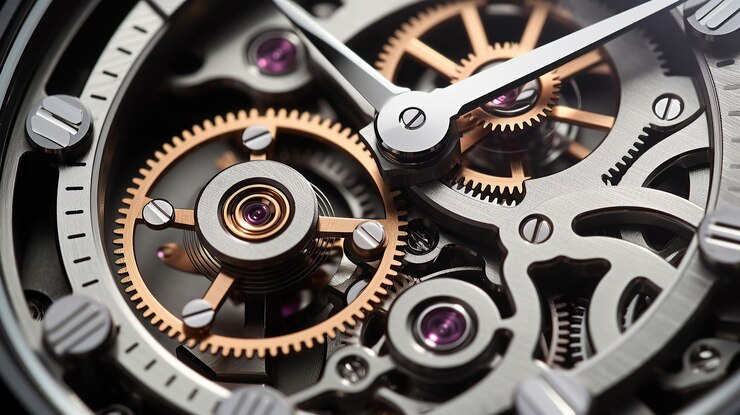In the world of watchmaking, a realm traditionally dominated by male artisans and experts, a significant transformation is underway. Women are increasingly breaking through the glass ceiling and making their mark in an industry steeped in tradition. This article celebrates the journey of women in watchmaking, highlighting their contributions, challenges, and the strides they are making to redefine an age-old narrative.
- A Historically Male-Dominated Industry:
Watchmaking has, for centuries, been synonymous with male craftsmanship. The intricate art of creating timepieces was often considered the purview of skilled male artisans, perpetuating a gender bias that persisted for generations. However, the tides of change are sweeping through the horological landscape. - Pioneering Women Watchmakers:
Despite the historical gender barriers, there have been notable trailblazers who paved the way for women in watchmaking. Among them, Elizabeth Doerr and Géraldine Liotard stand out as pioneers, demonstrating that passion, skill, and dedication are not exclusive to one gender. Their contributions laid the foundation for future generations of women watchmakers. - Rising Stars in Horology:
The 21st century has witnessed a surge of talented women entering the field of watchmaking. Visionaries like Suzanne Wong, who founded Revolution magazine, and Claire de Rochemont, the co-founder of Code41, are bringing fresh perspectives and innovative ideas to an industry hungry for diversity. - Crafting Excellence:
Women watchmakers are not just breaking stereotypes; they are crafting excellence in a field that demands precision and artistry. From designing intricate movements to overseeing the production process, women are proving their mettle in every aspect of watchmaking, challenging preconceived notions of gender roles in the industry. - Designing for Women, by Women:
The emergence of women watchmakers has also given rise to timepieces specifically designed for women, by women. Female artisans bring a unique understanding of both the technical and aesthetic aspects of watch design, resulting in timepieces that resonate with the diverse tastes and preferences of their fellow women. - Challenges Faced:
Despite the strides being made, women in watchmaking still face challenges. Gender stereotypes, biases, and a lack of representation at the executive level remain hurdles that need to be overcome. However, the resilience and determination of women in the industry are steadily dismantling these barriers. - Promoting Diversity and Inclusion:
The call for diversity and inclusion in watchmaking is gaining momentum. Industry leaders are recognizing the importance of fostering an environment where women can thrive. Initiatives aimed at promoting diversity and mentoring programs for aspiring female watchmakers are contributing to a more inclusive future for the industry. - Changing Perceptions:
The presence of women in watchmaking is not just about breaking barriers; it’s about changing perceptions. By showcasing their talent and expertise, women are challenging the notion that certain professions are inherently gender-specific. Their accomplishments are rewriting the narrative and inspiring a new generation of women to consider careers in horology. - Empowering Future Generations:
Women in watchmaking are not only leaving their mark on the industry; they are also paving the way for future generations. Their stories of success, resilience, and innovation serve as a source of inspiration for young girls aspiring to enter the world of watchmaking, encouraging them to pursue their passions fearlessly. - The Future of Women in Watchmaking:
The future of women in watchmaking looks promising. As more women continue to enter the field and shatter stereotypes, the industry is poised for a transformative journey. With a commitment to diversity, equal opportunities, and a celebration of talent, women in watchmaking are shaping an inclusive future where craftsmanship knows no gender.
Women in watchmaking are not just breaking stereotypes; they are rewriting the narrative of an industry deeply rooted in tradition. Their contributions, whether in design, craftsmanship, or leadership roles, are not only reshaping the landscape of horology but also inspiring a cultural shift towards greater inclusivity. As women continue to make strides in watchmaking, the ticking of each timepiece becomes a symbol of progress, breaking the silence of historical gender norms and paving the way for a more diverse and equitable future.








